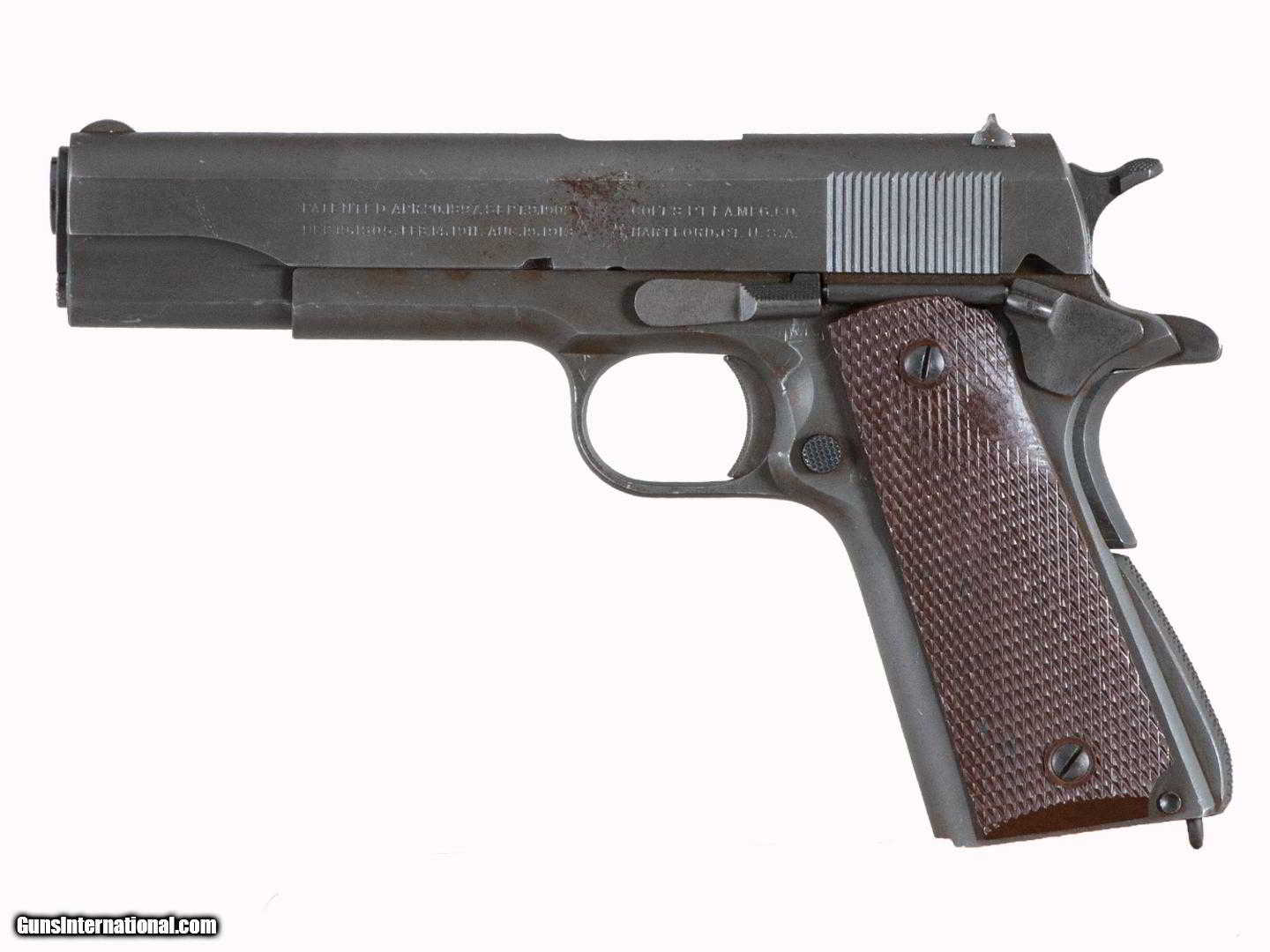
Army briefly reverted to using the M1873 single-action revolver in. 38 Long Colt, was found to be unsuitable for the rigors of jungle warfare, particularly in terms of stopping power, as the Moros had very high battle morale and frequently used drugs to inhibit the sensation of pain. In response to problems encountered by American units fighting Moro guerrillas during the Philippine-American War, the then-standard Colt M1892 revolver, in. General William Crozier became Chief of Ordnance of the Army in 1901. Fifty of these were tested as well by the U.S. Consequently, DWM produced an enlarged version of the round, the 9 mm Parabellum (known in current military parlance as the 9x19 mm NATO), a necked-up version of the 7.65 mm round. Other governments had made similar complaints. During field trials these ran into some problems especially in regard to stopping power.

This led to a purchase of 1,000 DWM Luger pistols, chambered in 7.65 mm Luger, a bottlenecked cartridge. ĭuring the end of 1899 and start of 1900, a test of self-loading pistols was conducted, which included entries from Mauser (the C96 "Broomhandle"), Mannlicher (the Steyr Mannlicher M1894), and Colt (the Colt M1900). In the U.S., such a program would lead to a formal test at the turn of the 19th to the 20th century. The designs caught the attention of various militaries, each of which began programs to find a suitable one for their forces. Nevertheless, the application of his principle of using bullet energy to reload led to several self-loading pistols in 1896. Maxim had designed a self-loading rifle in the 1880s, but was preoccupied with machine guns. The next decade would see a similar pace, including the adoption of several more revolvers and an intensive search for a self-loading pistol that would culminate in official adoption of the M1911 after the turn of the decade.
Colt 1911 a1 war series#
The United States of America was adopting new firearms at a phenomenal rate several new handguns and two all-new service rifles (the M8 Krag and M1895 Navy Lee), as well as a series of revolvers by Colt and Smith & Wesson for the Army and Navy were adopted just in that decade. The M1911 pistol originated in the late 1890s, the result of a search for a suitable self-loading (or semi-automatic) handgun to replace the variety of revolvers then in service. Compact variants are popular civilian concealed carry weapons, because of the design's inherent slim width and the power of the. It is popular with civilian shooters in competitive events such as USPSA, IDPA, International Practical Shooting Confederation, and Bullseye shooting. Besides the pistol being widely copied itself, this operating system rose to become the preeminent type of the 20th century and of nearly all modern centerfire pistols. The M1911 is the best-known of John Browning's designs to use the short recoil principle in its basic design. The M1911 was replaced by the M9 pistol as the standard U.S. In total, the United States procured around 2.7 million M1911 and M1911A1 pistols in military contracts during its service life. 45, Automatic, M1911A1 in the Vietnam era.

The designation changed to Pistol, Caliber. 45, M1911 for the original Model of 1911 or Automatic Pistol, Caliber. Its formal designation as of 1940 was Automatic Pistol, Caliber. It was widely used in World War I, World War II, the Korean War, and the Vietnam War. Browning designed the firearm which was the standard-issue side arm for the United States armed forces from 1911 to 1985. The M1911 is a single-action, semi-automatic, magazine-fed, and recoil-operated handgun chambered for the. RIA OfficersĢ.44 lb (1,105 g) empty, w/ magazine (FM 23–35, 1940) Ĩ25 ft/s ( Script error: No such module "Math". m/s)ħ-round standard detachable box magazine M1911A1, ,M1911A2, Script error: No such module "Namespace detect". In non-standard use: Gulf War, War in Afghanistan, and Iraq War

As standard US Service pistol: World War I, World War II, Korean War, and Vietnam War


 0 kommentar(er)
0 kommentar(er)
